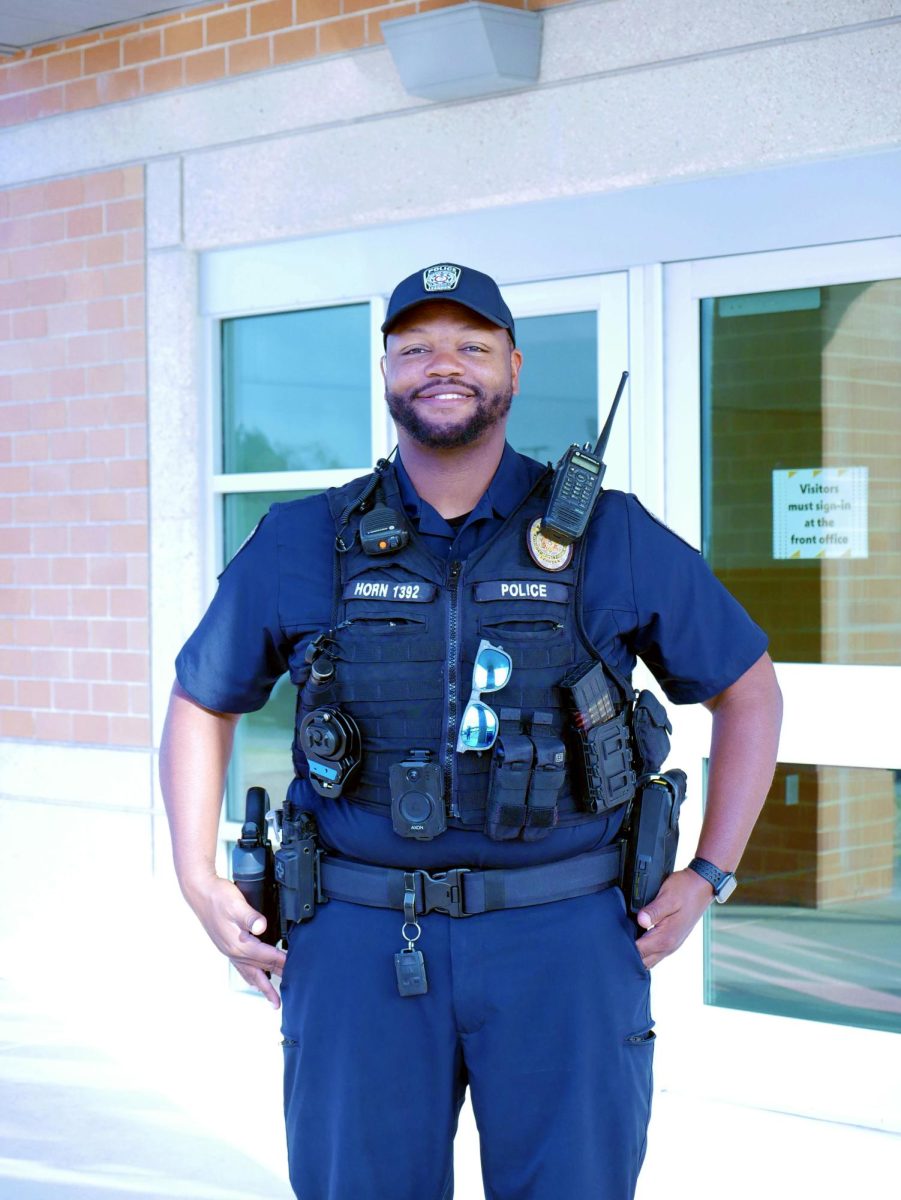On June 14th, Texas Legislatures passed a bill that will require an armed school resource officer (SRO) in every elementary, middle and high school in Texas. On September 1st, the law will come into full effect.
The law follows as another school safety measure in response to the Uvalde Elementary School shooting that occurred last year. However, LISD has struggled to adapt to the law, as the district lacks the funding to properly instill an SRO in each of its 44 schools.
According to a study conducted by the Levin College of Public Affairs and Education, a single SRO can cost schools an “estimated $75,000 to $95,000 annually.” If this fact is considered with the amount of schools in LISD, the district would have to come up with anywhere from $3,300,000 to $4,180,000.
The legislation does provide additional funding for schools to enforce the law, with each district receiving $15,000. However, this bill reduced the previous amount of money schools were allowed to invest in school safety, going from $100 per student to just $10.
According to an article from Community Impact, superintendent Dr. Bruce Gearing said there is “No way” Leander will meet the requirements of the bill by Sept. 1st.
Due to the district’s inability to meet the bill’s needs, LISD has filed a good-cause exemption with the hopes of receiving more tolerance from the state. If the exemption is not approved or filed, school districts that fail to meet the requirements will face state intervention.
Districts that struggle to employ SROs in each school will also have the option of hiring a peace officer, school marshal, or district employee who’s received adequate training.
“This is a different thing for me,” School Resource Officer Xavier Horn said. “Every year you can apply for the job and this time I put my name in the hat. We all have to go through an interview process and if you beat the person out then you [become] the [SRO] that comes to the school.”
Currently, the district partners with local law enforcement to access SROs. This includes the Leander Police Department, the Cedar Park Police Department, and the Travis County Sheriff’s Office. The departments have also been impacted by the new law, as they struggle to find officers to fill in the new job openings.
“I think that the school board is doing everything that it can to make sure that all the needs are met, right now – and I think it’s just all over, everyone’s just kind of short,” Horn said. “Everyone is [experiencing] a shortage, and the best thing that we can do is do our best to make sure that we at least have people covering the problem areas.”
SROs are in charge of investigating illegal activity and enforcing a safe environment on campus.
As of 2022, LISD has eight district officers who oversee activity in all of its schools, six of whom have a permanent spot in each of the high schools. Rouse’s sole SRO is on call to assist other nearby elementary and middle schools East of Highway 183-A, such as Tarvin, Stiles, Wiley, and Akin.
“I [help] in traffic zones so drop-off is easier for the parents and for [the students] to get in and get to school,” Horn said. “Throughout the day, at each passing period, I usually hang out in the ‘R.’ I just walk the hallways, be seen, talk to kids, dab up a few kids, [and] go hang out at lunch with [students]. [I] just want to be seen.”
SROs can do more than just provide physical safety for students and staff. On campus, Horn aims to provide an environment that can support students in their personal lives as well.
“I just want to make sure that everyone knows that this is an open door, and even if the door is closed just knock,” Horn said. “If you have something that you want to talk about, if you need lunch for the day, or if you need a place to step away for a second please feel free to stop by.”
The new bill isn’t just about SROs, though. Other sections account for policy reform in school infrastructure, security, and safety drills.
The first section of the bill requires new schools to be fully compliant with current infrastructure needs, and existing schools have to meet the requirements to the best of their capability, with a commissioner required to monitor the school’s compliance with these bills each even-numbered year.
Every school district is also required to implement a “multi-hazard operations plan” that addresses all safety concerns listed by the Texas Safety Center and the Governor’s Office of Homeland Security.
Due to this, districts also have to ensure every educational instructor has the means to access communication devices that allow them to have immediate contact with the district and emergency services at all times.
The plan will require training for educational staff and substitute teachers in preparation for an emergency.


